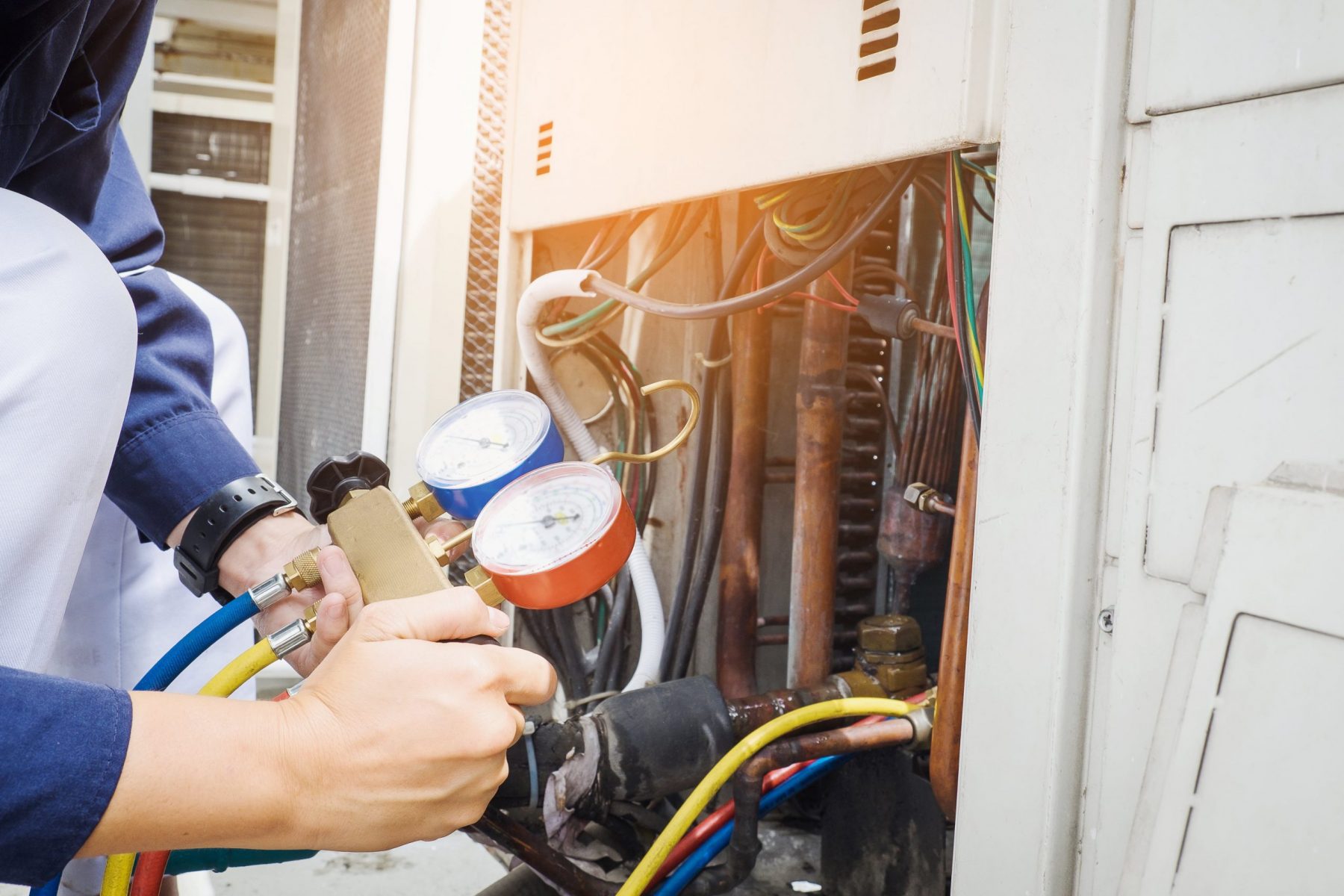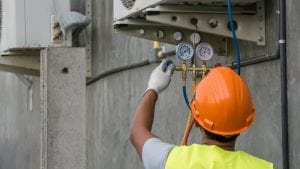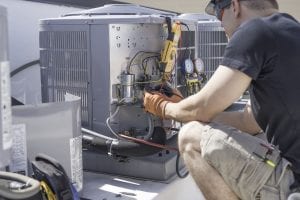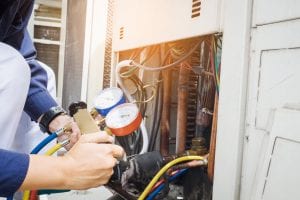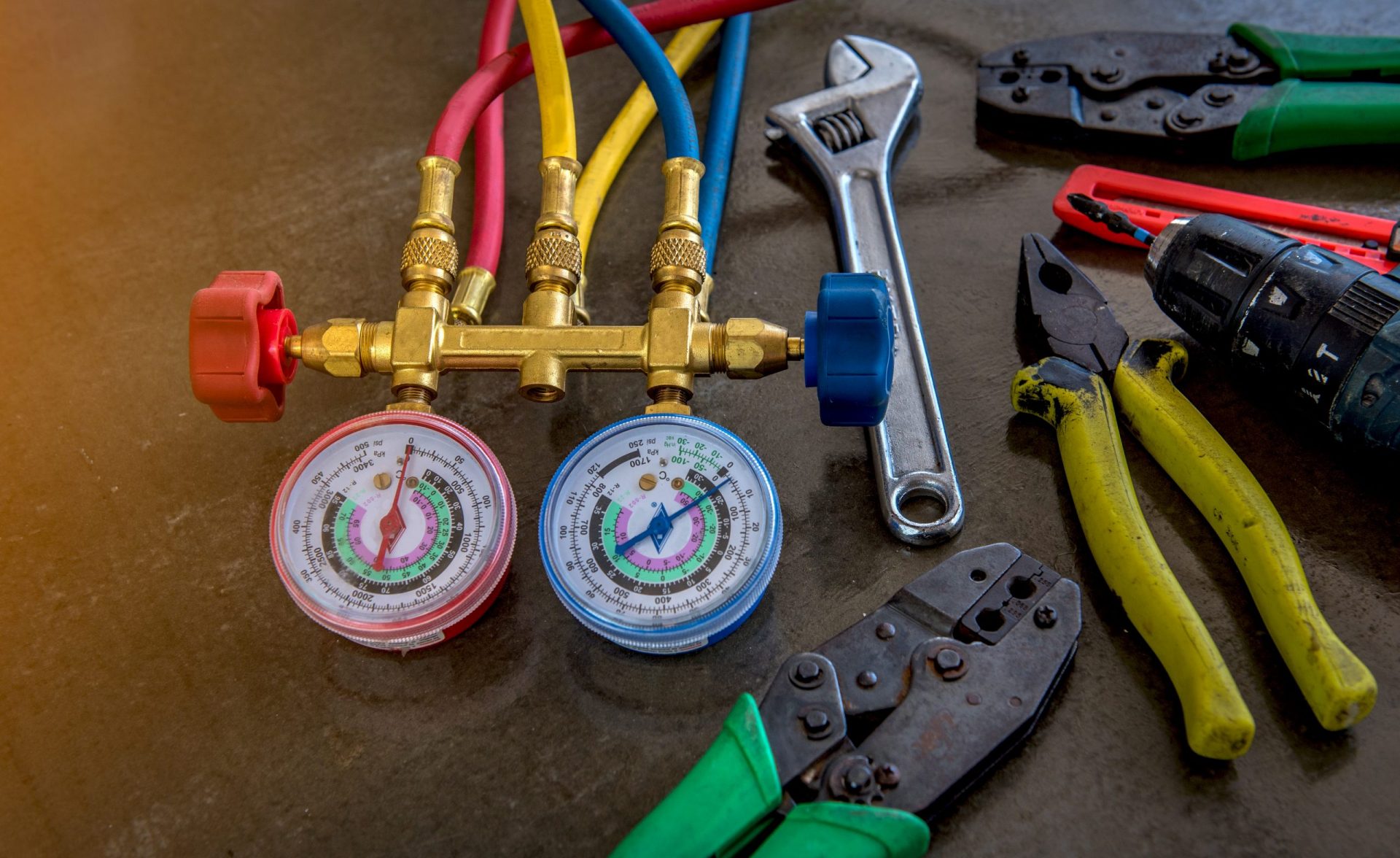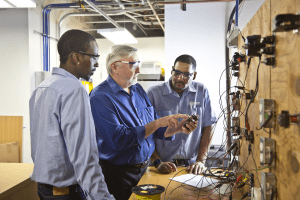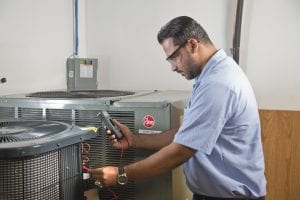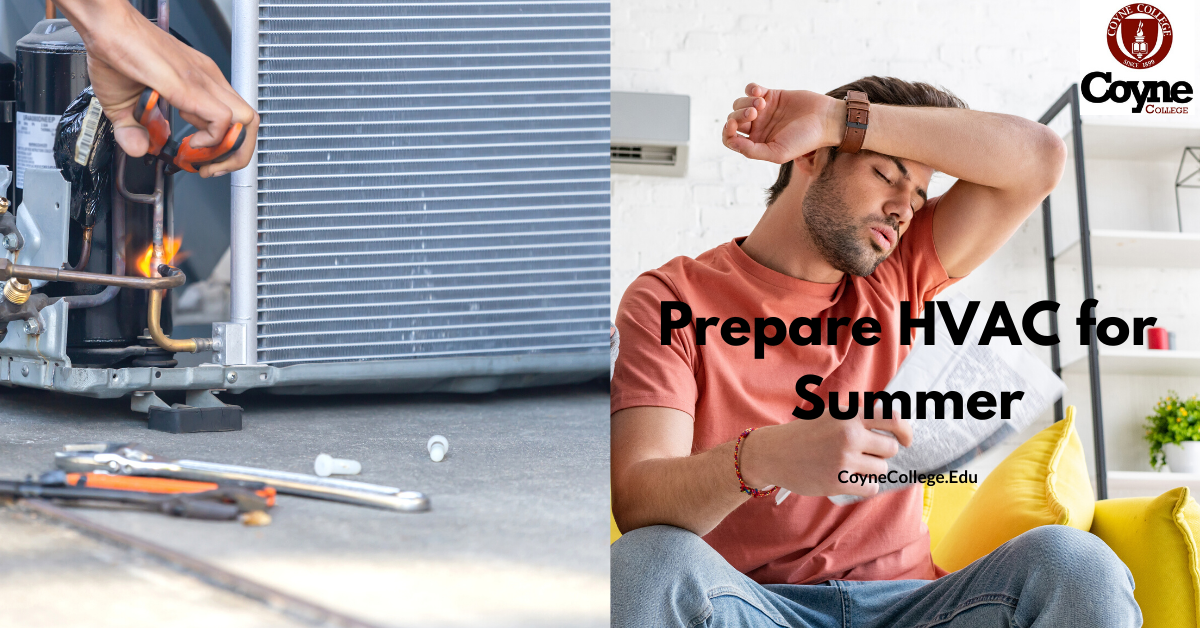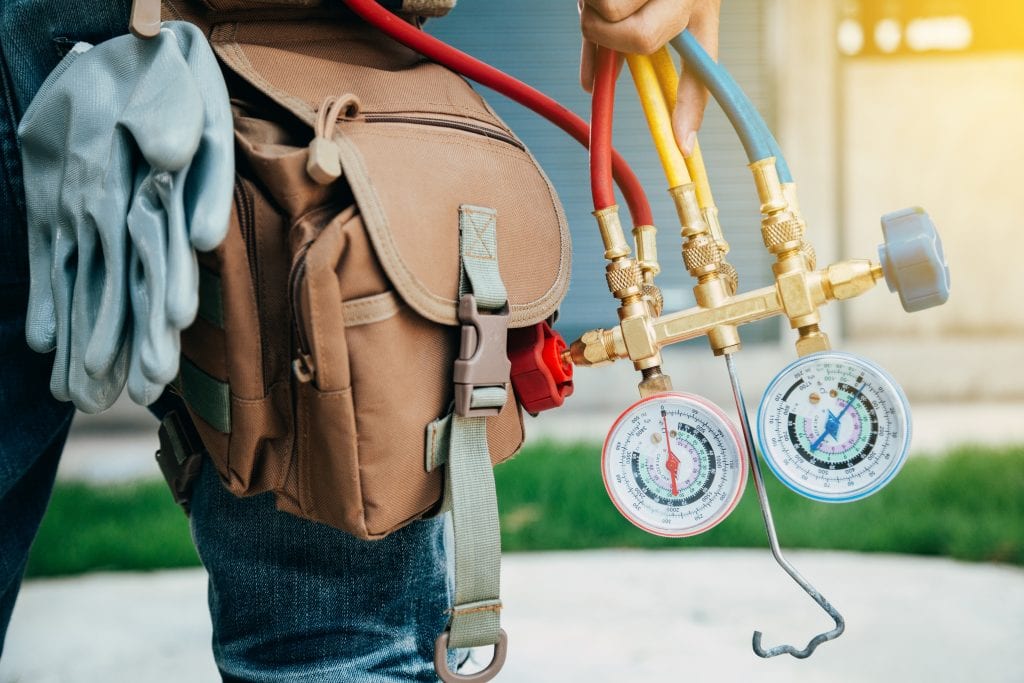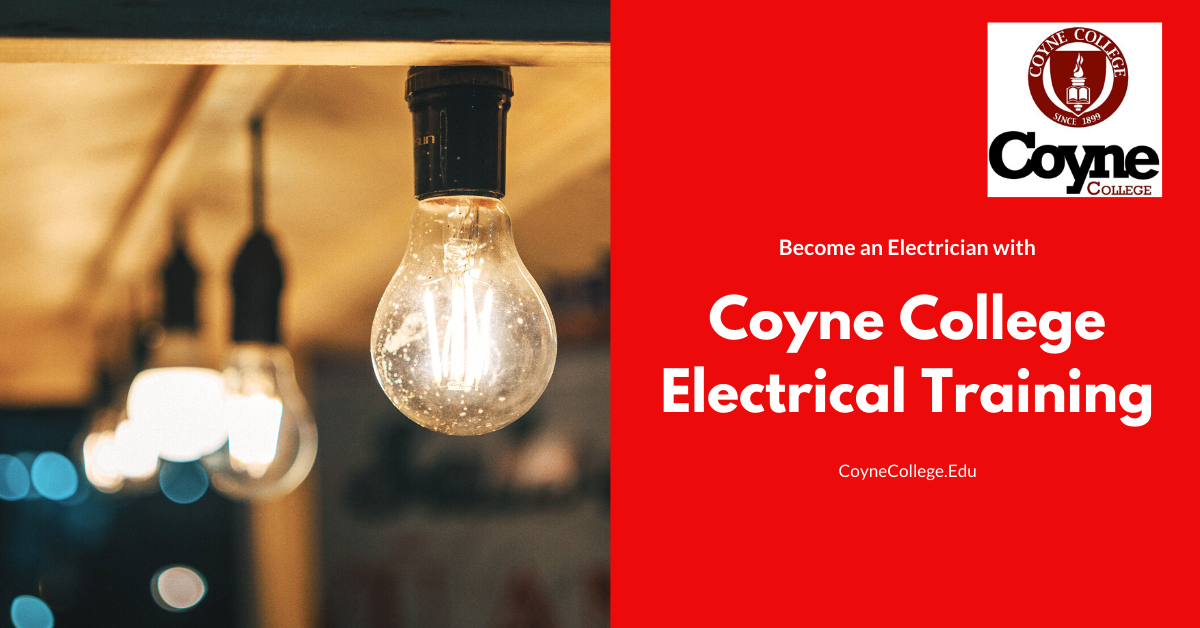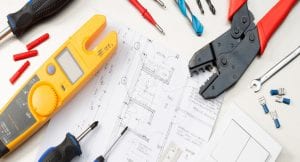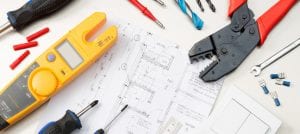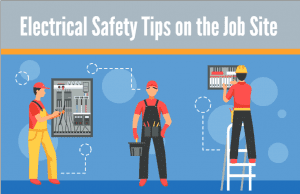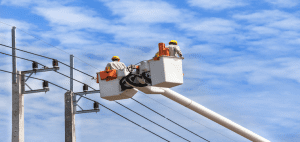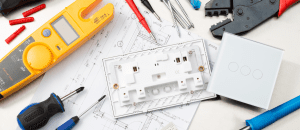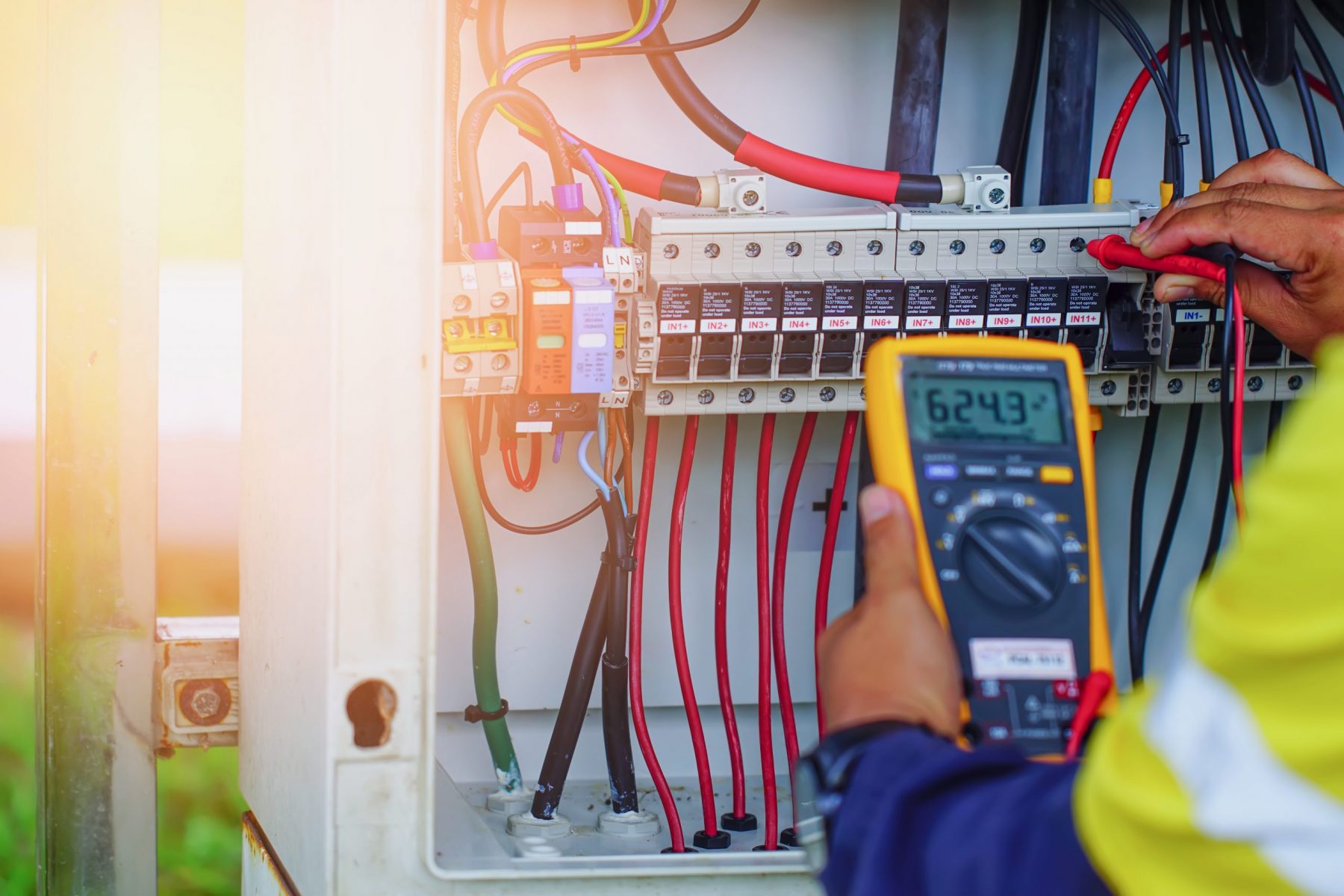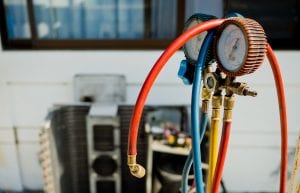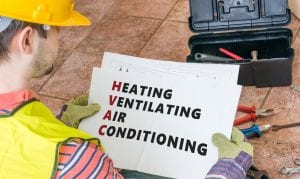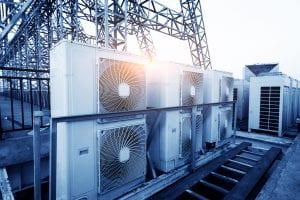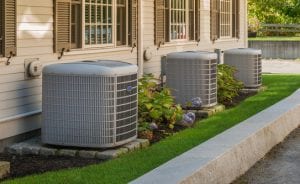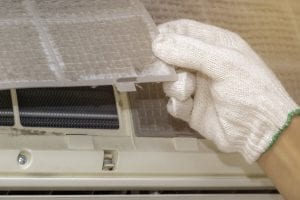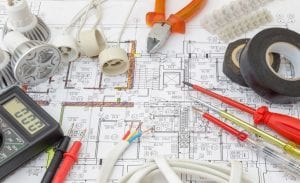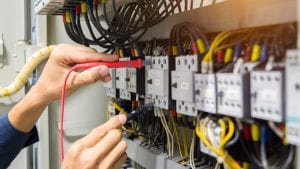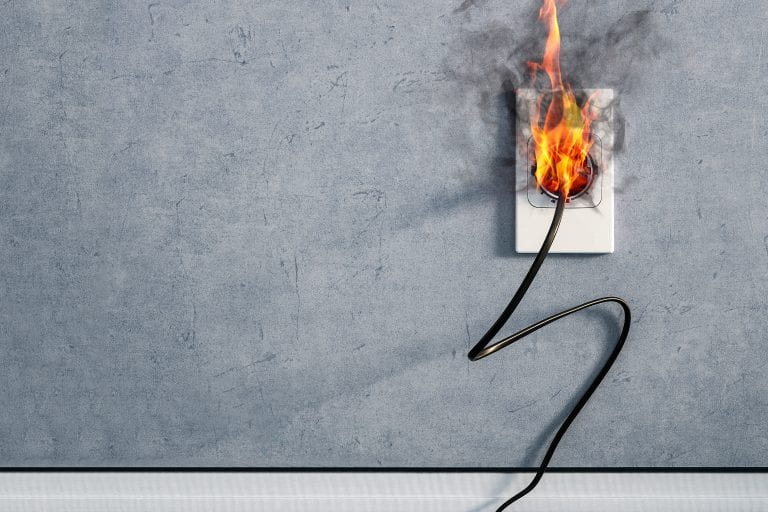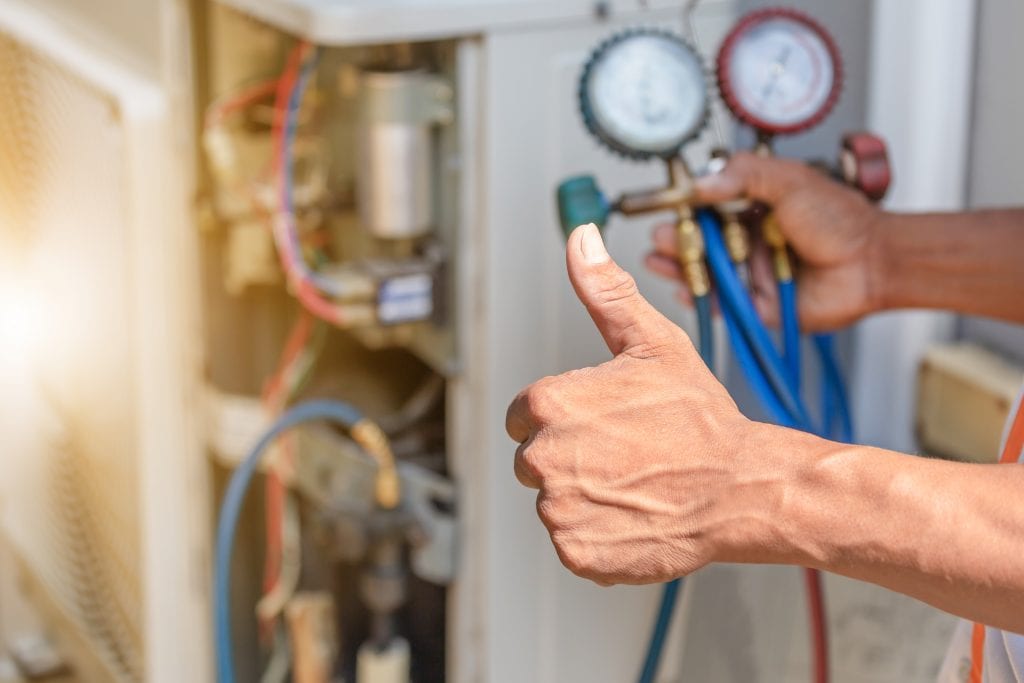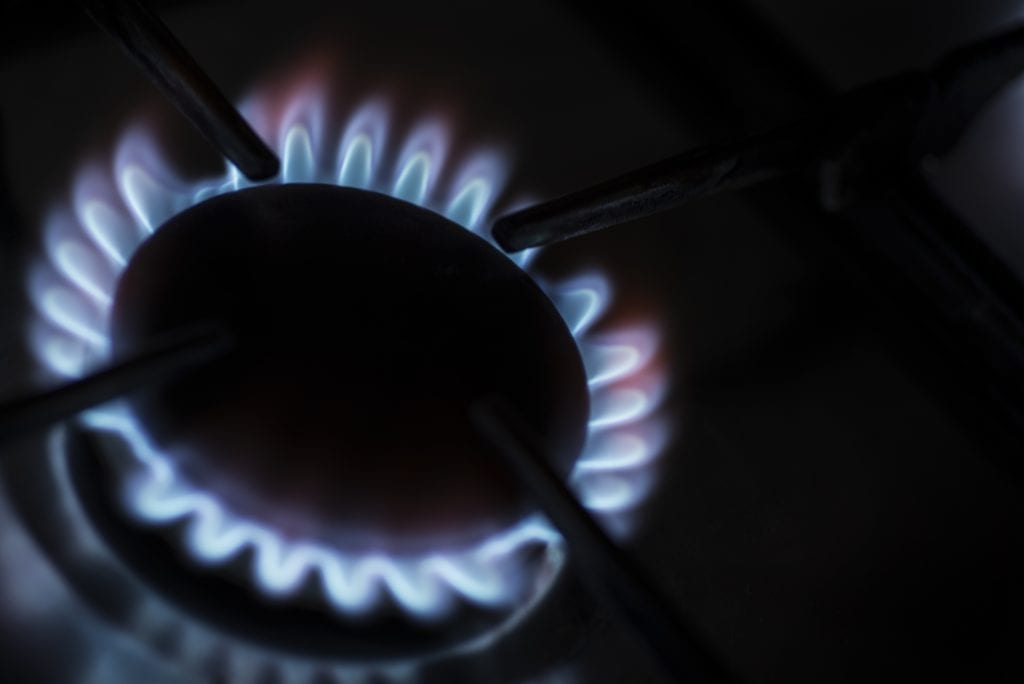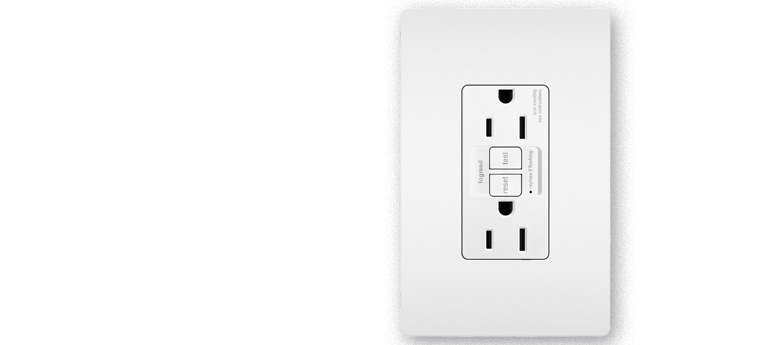Electrical wiring can be tricky—especially for the novice. That’s why it’s usually best to hire a professional for anything other than a simple job. Otherwise, you could risk injury, damage or fire. If you do plan to complete a DIY project that has an electrical component, there are some basic things to know about wiring installation.
Understanding electrical wiring
Since the 1940s, any house built (or any older home that has been rewired) has had to follow an electrical code: the NEC—written with safety in mind. NEC code identifies types of electrical wires and electrical cable types by color. When you remove a switch plate, you’ve probably noticed yellow, white, black, red or green wires. They are not there to be decorative; each serves a specific purpose, and some don’t play nicely with others.
How to electrical wires
When you’re doing wiring installation, you need to identify the parts of the wiring cable, the non-metallic electrical cable: the outer sheathing (the jacket) and the inner wires. The colored “wire” you see—the green, black, red, blue or white—is actually the sheathing that covers the inner copper wires. If you look closely, you’ll see markings stamped on the sheathing to let you know the number and gauge of wires inside. The color of the sheathing lets you know what each wire does.
The following is sort of an electrical wire types chart:
- Black wires or “hot wires” carry live electrical loads from the electrical service panel to an outlet, light or other destination.
- Red wires are also hot wires used to interconnect smoke detectors, so that if one alarm goes off, all the others do as well.
- White and gray wires are neutral wires that connect to the neutral bus bar, which attracts current and carries it throughout the house. Don’t let the “neutral” part fool you because they can still carry a charge—especially if the current load is not balanced.
- White wires wrapped in black or red electrical tape are also hot wires. The tape just lets you know that the white wire, which is normally neutral, is being used as a hot wire instead.
- Green wires connect the grounding terminal in an outlet box and run it to a ground bus bar in the electrical panel, giving current a place to escape to the ground in the event a live wire touches metal or another conductor. Green wires can only connect to other green wires but can still be live if the electrical system is faulty.
- Bare copper wires are the most common type of grounding wires.
- Blue and yellow wires, although not usually found in non-metallic (NM) cable, are sometimes used as hot wires in an electrical conduit. The blue ones are travelers that might be in the switches at both the top and bottom of a staircase to control the same light.
What type of wire is used for residential?
Most modern homes use nonmetallic (NM) cable that consists of two or more wires wrapped inside the colored sheathing mentioned previously. The package of wires usually contains one or more hot wires plus a neutral and a ground. To accommodate wiring in an older home or if your wiring just needs work, you can splice the old wires with new NM cable using a junction box that protects wire connections. The larger circuit wires carry circuit voltage that can be really dangerous to touch. If you don’t know what kind of wires you have, consider them all to be dangerous.
DIY wiring and switching tips
If you have the confidence and want to tackle a DIY wiring job on your own, you need to be prepared with information and tools.
- Have the proper tools. These might be a multimeter that tests electrical voltage and a combination sheath/wire stripper.
- Familiarize yourself with the different wires. Make sure you know which colored wire goes where and their purpose to avoid electrical shock and to safely wire your home.
- Have more wire than you need. Make sure it stretches at least three inches outside of the electrical box.
- Patch drywall with big plates. Did you make the hole in the drywall too big? Fix it with an oversized electrical plate.
- Pay for quality. Don’t scrimp on the quality of switches and outlets.
- Check the voltage before you touch wires and circuits. The multimeter will let you know if they’re safe to touch.
- Do your research. Watch YouTube video tutorials.
Electrical wiring mistakes to avoid
An electrical “oops” moment could be really serious, causing short circuits, shocks or fires. These are a few common mistakes you’ll want to avoid:
- Never connect wires outside of electrical junction boxes. If there’s no box, add one and connect the wires inside it.
- Remember the three-inch minimum on wire length. Don’t cut your wires to short. IF you do, add six-inch extensions.
- Never leave sheathing unprotected between frames, as in a ceiling installation. Staple it to a 2×2 or use metal conduit if the wire runs along the wall.
- Avoid loose switches or loosely connected outlets.
- Never install a three-slot receptacle without a ground wire.
- Don’t recess an electrical box behind a wall surface. Instead, add a wall extension.
- Secure cable with a clamp so wire insulation doesn’t cut or fray.
Common household electrical problems
If you have old wiring, you probably have a whole set of issues. One of the more common ones is frayed insulation because there was no grounding, and the wiring wasn’t made to handle today’s heavy-duty appliances. There are several other common electrical problems that are not restricted to old wiring:
- Frequent surges caused by lighting, damaged power lines, or faulty appliances or wiring
- Dips in power supply because of faulty devices (or those made of poor-quality materials) connected to the power grid
- Light switches that don’t work correctly
- A circuit breaker that trips frequently
- An overloaded circuit breaker
- Shocks
- Lights that are too bright or too dim
- High electrical bills
- Lightbulbs that burn out too often
- “Possessed” recessed lights that go out and then come back on
How to
If you have proper electrical training, you should be able to handle most projects. Have you thought about becoming an electrician? According to O*NETOnLine, the projected job growth for electricians through 2028 is faster than average for other occupations. Consider enrolling in electrical construction and planning programs Coyne College Chicago. You’ll get the hands-on electrical training and individualized instruction you need to prepare for an in-demand career as an electrician. You may also want to consider electrical construction and maintenance (ECM programs) in Chicago.
Curious? Contact Coyne College for more information.



